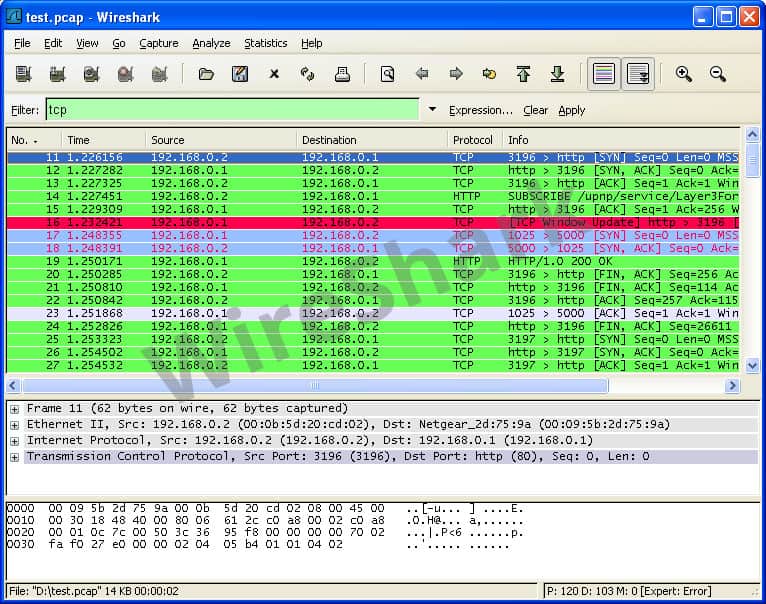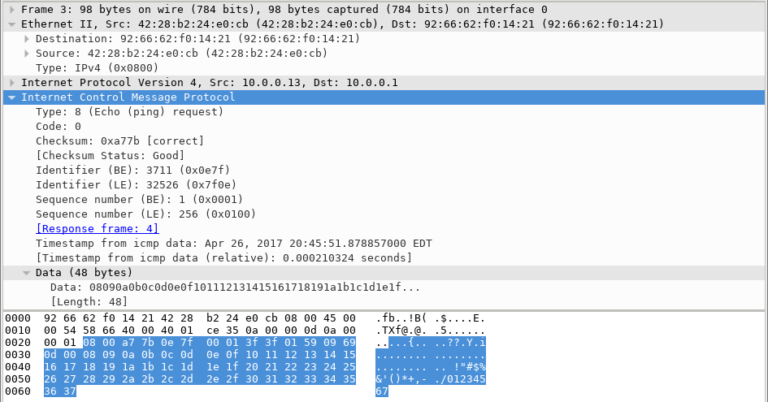


Filter out the "normal" and find the unusual.Use IO graphs to discover regular connections (beacons) to command and control servers.Search for unusual domains or IP address endpoints.Detect anomalous behaviour that could indicate malware.Similar to the HTTP export option but able to extract files transferred over SMB, the ever present Microsoft File Sharing protocol.

Export objects from HTTP such as javascript, images, or even executables.Ack of server acknowledging the request.Troubleshoot DHCP issues with packet level data View SMTP or POP3 traffic, reading emails off the wire.View Telnet sessions, see passwords, commands entered and responses.View full HTTP session, seeing all headers and data for both requests and responses.Here are a few example use cases: Troubleshooting Network ConnectivityĮxamination of Application Layer Sessions (even when encrypted by SSL/TLS see below) Wireshark can be useful for many different tasks, whether you are a network engineer, security professional or system administrator. However, the "& 0xffffff00" expression masks off the fourth byte.Examples to Understand the Power of Wireshark Unfortunately, you want to examine three bytes, but you can only put 1, 2, or 4 after the colon, so three is not a valid value. In the capture filter expressions "ether" and "ether", 0 and 6 are the starting bytes for the destination MAC address field and the source MAC address field respectively, and 4 is the number of bytes to examine. To capture packets where either the source or destination MAC address starts with 00:0C:22: But if you know where in the MAC address field those three bytes will be, you can use a byte-offset capture filter. You probably can't create a capture filter for MAC addresses containing 00:0C:22 anywhere in the MAC address fields. You said, "I want to capture all traffic from devices with MAC address containing 00:0C:22."


 0 kommentar(er)
0 kommentar(er)
